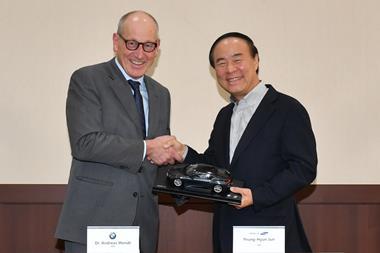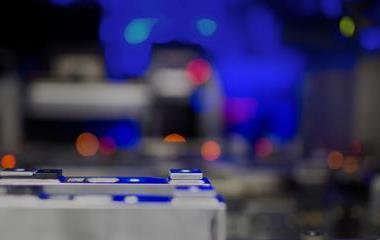CATL partners with BASF for EV battery material recycling to support European supply chain
By Jason Dunn2021-09-20T11:29:00
Battery maker CATL has announced a strategic partnership with German chemicals firm BASF in battery materials solutions that will support recycling of batteries, and CATL’s plans for the production of battery cells in Europe.
Contemporary Amperex Technology (CATL), one of the largest global manufacturers of electric vehicle lithium-ion, has announced a strategic partnership with German chemicals firm BASF in battery materials solutions that will support recycling of batteries, and help to support CATL’s plans for the production of battery cells in Europe.
According to a CATL statement, the partnership will include working in alignment on cathode active materials (CAM) and battery recycling and develop a sustainable battery value chain, helping CATL to achieve localisation in Europe and aid both companies’ global carbon neutrality goals.







































